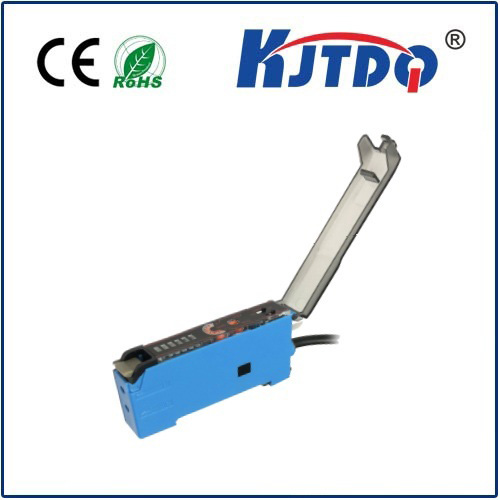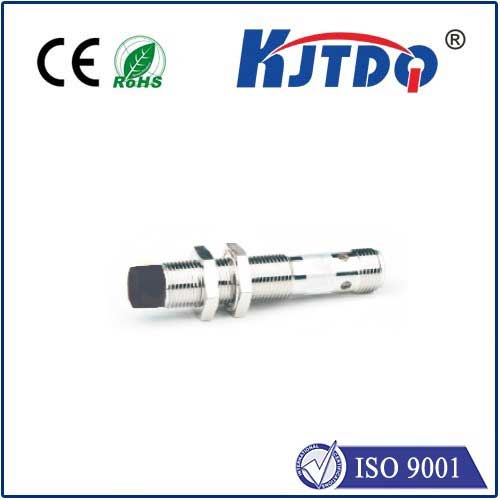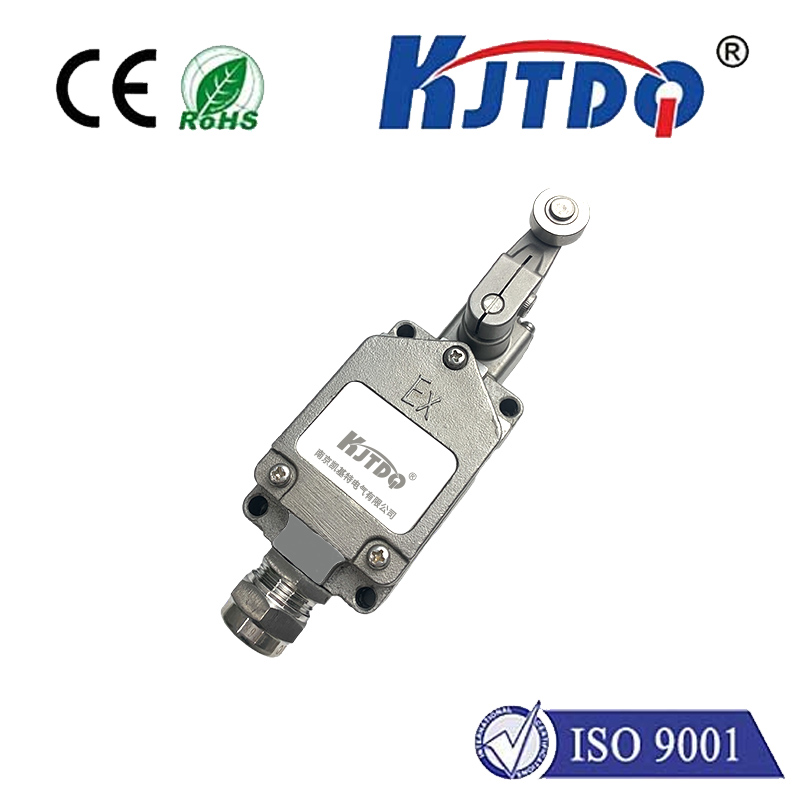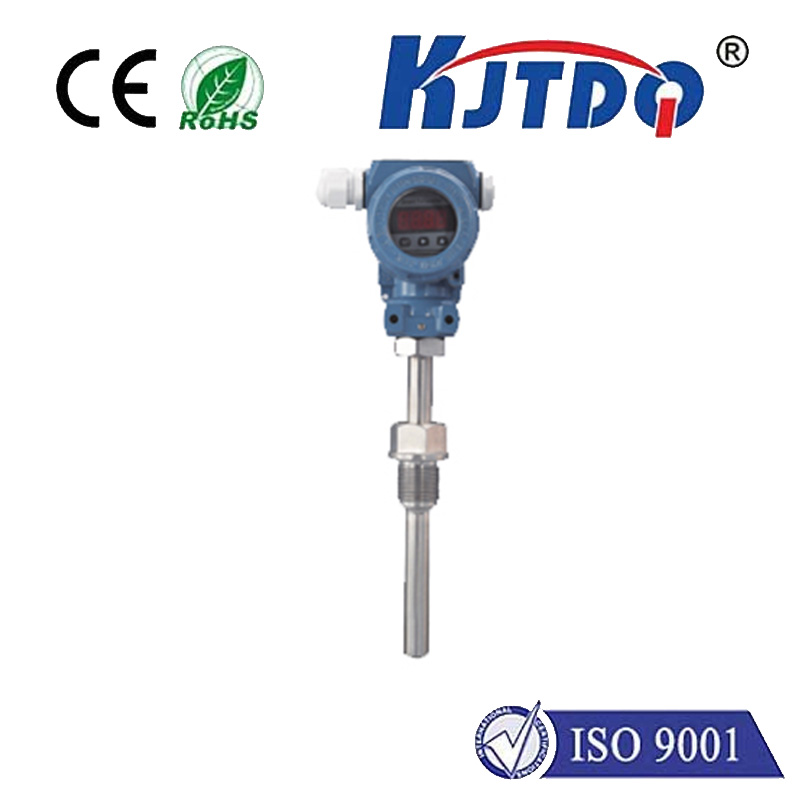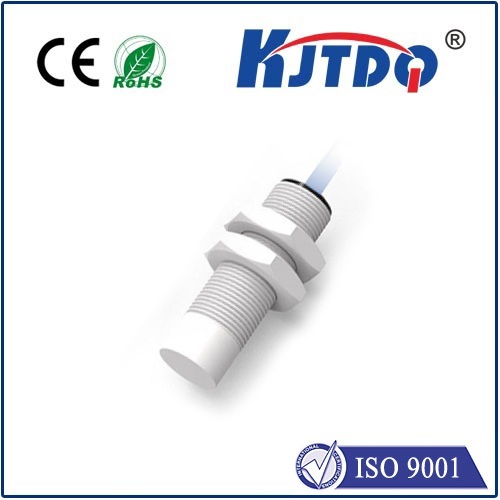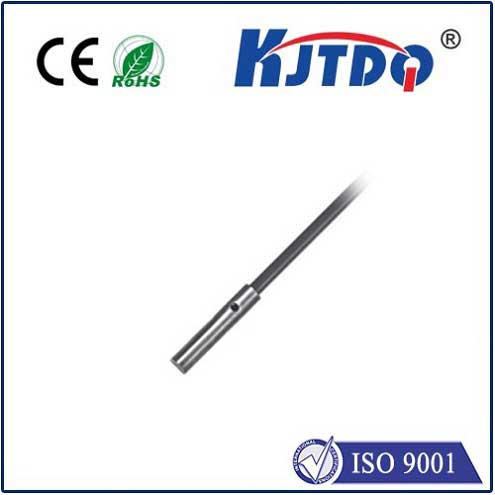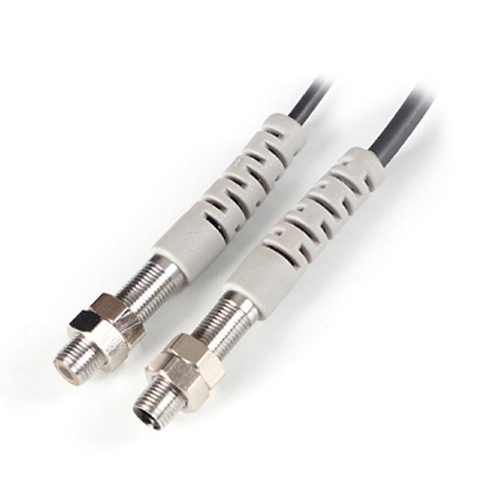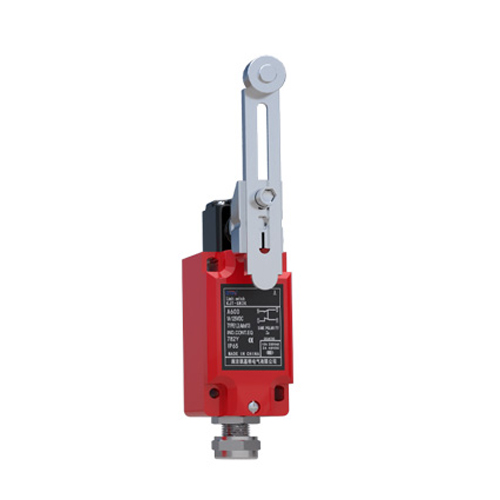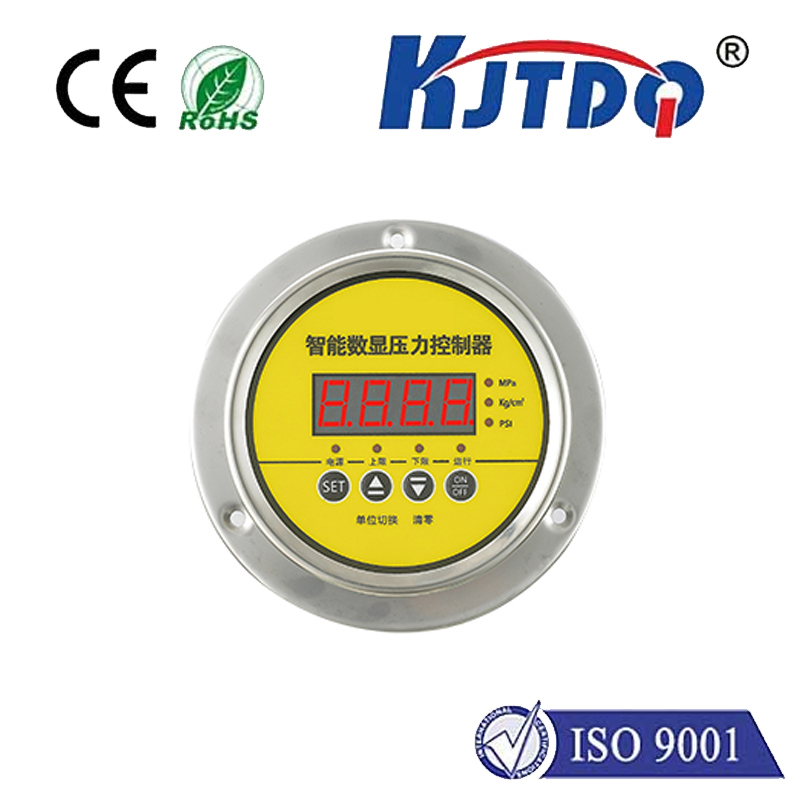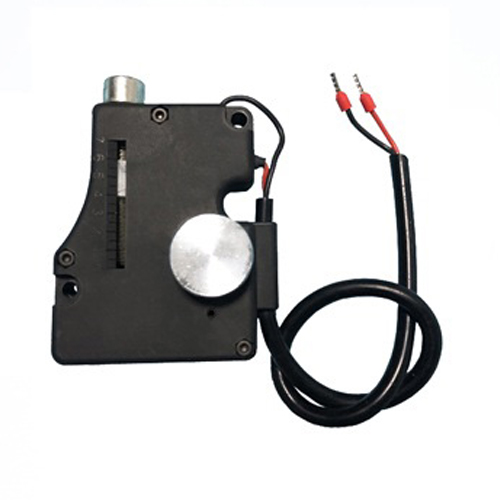

check

check

check

check

check

check

check

check

check

check
Title: The Vital Role of Hoist Limit Switches in Crane Operations
Crane operations are a critical component of various industries, from construction to shipping and logistics. These machines enable the movement of heavy loads efficiently and effectively, but with great power comes the need for precise control. This is where hoist limit switches come into play. In this article, we will delve into the importance of hoist limit switches for cranes and discuss how they contribute to safe and reliable operations.
Firstly, let's define what a hoist limit switch is. A hoist limit switch is an electrical device that is responsible for detecting when a crane has reached its preset upper or lower limits during hoisting operations. When these limits are reached, the switch triggers an alarm or cuts power to prevent further movement. This simple yet crucial mechanism ensures that cranes do not operate beyond their designated boundaries, preventing potential accidents and damage.
The primary function of a hoist limit switch is to act as a safety precaution. By automatically stopping the crane at certain points, it prevents overloading, over-travel, and other hazardous conditions that could lead to equipment failure, property damage, or even injuries or fatalities among workers. For example, if a crane operator loses control or misjudges distances while lifting materials, the hoist limit switch can intervene to halt the crane before it causes harm.
Another significant aspect of hoist limit switches lies in their contribution to operational efficiency. When cranes are equipped with these switches, operators can rely on consistent stopping points, which allows them to work more quickly without compromising safety. They know exactly how much height they have left before reaching the maximum limit, enabling them to plan their movements accordingly. This precision can also help reduce wear and tear on the crane itself by avoiding unnecessary strain on mechanical parts.
In addition to safety and efficiency, hoist limit switches play a role in regulatory compliance. Many jurisdictions have specific regulations regarding the use of cranes and other heavy machinery, requiring them to be fitted with devices like hoist limit switches. Employers who use cranes must adhere to these regulations to avoid legal repercussions, making the presence of hoist limit switches not just beneficial but often mandatory.
Furthermore, regular maintenance and testing of hoist limit switches are essential for continued effectiveness. Like any other safety feature, if it is not properly maintained, it may fail at a critical moment. Checking the functionality of hoist limit switches should be part of routine inspections to ensure that they are free from corrosion, wiring issues, or any other problems that might impair their performance.
Lastly, the technology behind hoist limit switches continues to evolve, offering enhanced features such as wireless connectivity options, improved durability, and smart diagnostic capabilities. These advancements make modern hoist limit switches more reliable and easier to integrate into complex crane systems, further improving overall operational safety and efficiency.
In conclusion, hoist limit switches serve as silent guardians in the world of crane operations, ensuring that these powerful machines remain within safe operating parameters. They are vital components that promote safety, increase operational efficiency, maintain regulatory compliance, and provide peace of mind for all those involved in crane-based activities. As technology progresses, so too does our ability to protect workers and equipment through innovative solutions like hoist limit switches.
